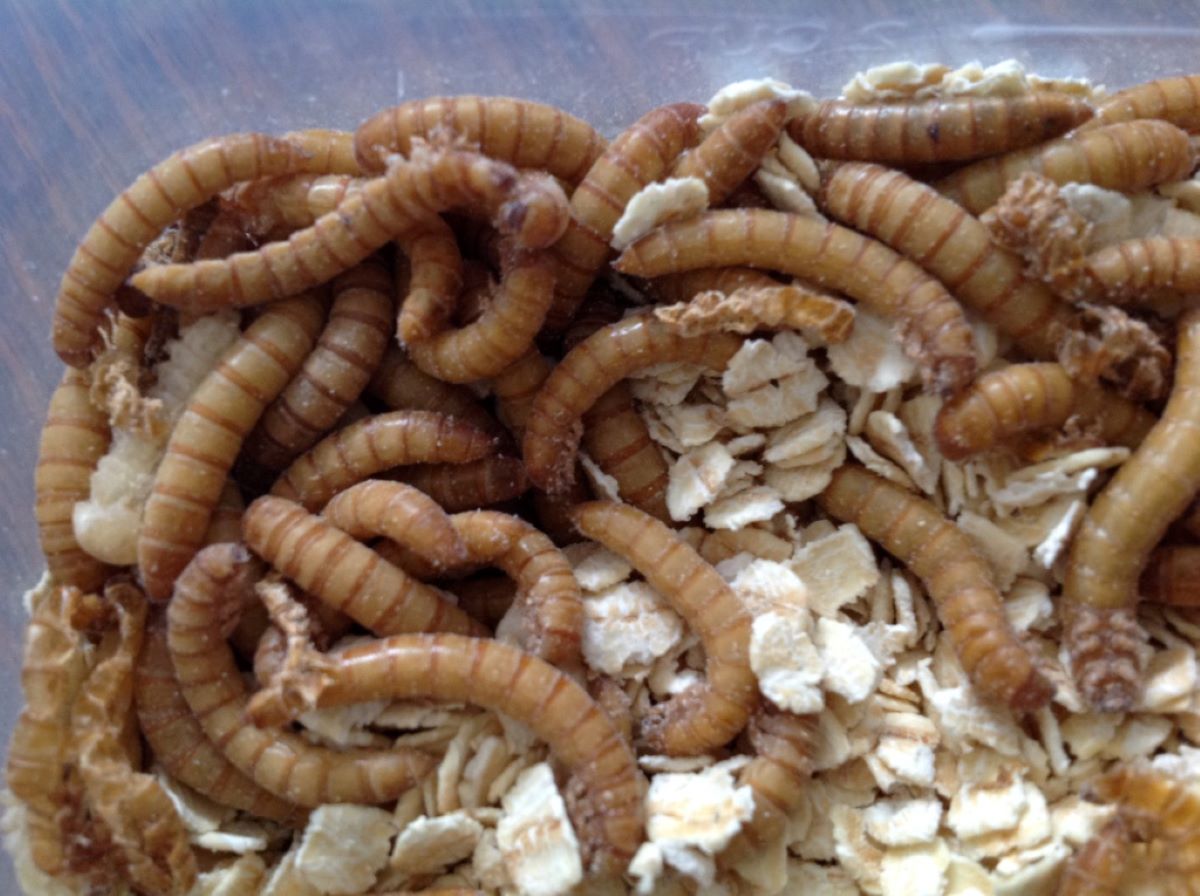

Articles
How To Store Mealworms
Modified: January 19, 2024
Looking for articles on how to store mealworms? Find helpful tips and guidelines for ensuring the long-term freshness of your mealworm supply.
(Many of the links in this article redirect to a specific reviewed product. Your purchase of these products through affiliate links helps to generate commission for Storables.com, at no extra cost. Learn more)
Introduction
Mealworms are small, nutrient-dense insects that are commonly used as a food source for reptiles, birds, and other animals. Whether you are a hobbyist breeder, a wildlife enthusiast, or simply looking for an alternative protein source, storing mealworms properly is essential to ensure their longevity.
Proper storage of mealworms can prevent spoilage, maintain their nutritional value, and extend their lifespan. This article will guide you through the process of storing mealworms effectively, ensuring that they remain healthy and readily available for use.
By following the tips and techniques outlined in this article, you will be able to create a suitable environment, choose the right container, and provide proper care for your mealworms. Let’s dive in and discover how to store mealworms properly.
Key Takeaways:
- Properly storing mealworms is crucial for maintaining their viability, health, and longevity. By following the guidelines in this article, you can create an ideal environment for storing mealworms and maximize their benefits for pets, breeding, and wildlife conservation.
- Storing mealworms in the refrigerator, maintaining moisture levels, and providing proper nutrition are essential for their well-being. Regular monitoring for signs of spoilage and effective harvesting techniques ensure a reliable and versatile food source for various applications.
Read more: How To Store Live Mealworms
Why Store Mealworms?
There are several reasons why storing mealworms can be beneficial. Firstly, by having a stable supply of mealworms on hand, you can ensure a consistent and nutritious diet for your pets or livestock. Mealworms are rich in protein, fat, and essential nutrients, making them an excellent source of sustenance for a variety of animals.
Another reason to store mealworms is for breeding purposes. If you are a hobbyist breeder or plan to breed mealworms for personal use or commercial sale, having a reliable stock of mealworms is crucial. Proper storage techniques will allow you to maintain a healthy and productive mealworm colony.
Furthermore, mealworms can be a valuable asset for those interested in wildlife conservation. Many wild bird species, including robins, bluebirds, and chickadees, rely on mealworms as a significant part of their diet, especially during nesting season. By storing mealworms, you can provide nourishment to these birds and actively contribute to their well-being.
Whether you are keeping mealworms as a food source, for breeding, or to support local wildlife, storing them properly is vital to ensure their viability and quality.
Now that we understand the importance of storing mealworms, let’s explore the key factors to consider when choosing the right container.
Choosing the Right Container
When it comes to storing mealworms, selecting the appropriate container is crucial for maintaining their health and preventing spoilage.
First and foremost, the container should be well-ventilated to allow for proper airflow. Mealworms generate heat, and adequate ventilation helps in dissipating excess moisture and preventing the growth of mold or bacteria. Look for containers with small holes or a mesh lid to ensure proper air circulation.
Next, consider the size of the container. Opt for a container that is spacious enough to accommodate the number of mealworms you plan to store. Crowding mealworms in a small space can lead to stress and increased mortality rates. As a general rule, each mealworm should have around half an inch of space to move around comfortably.
When it comes to material, choose a container that is durable, non-toxic, and easy to clean. Plastic or glass containers with smooth surfaces work well for storing mealworms. Avoid using containers made of metal, as they may retain heat or react with the moisture generated by the mealworms.
Additionally, consider the lid type. Mealworms are excellent climbers and can easily escape if the container has a loose-fitting or inadequate lid. Look for containers with secure and tight-fitting lids to prevent any unwanted escapes.
Lastly, transparency can be advantageous when selecting a container. Transparent containers allow you to monitor the mealworms’ activities and assess their overall health. You can easily observe their movement, feeding habits, and breeding activities without disturbing the colony excessively.
By choosing the right container, you create a suitable and secure environment for your mealworms to thrive. Now that we have the container covered, let’s move on to creating the perfect environment for storing mealworms.
Creating the Perfect Environment
Creating the perfect environment for storing mealworms is essential to ensure their health, longevity, and overall well-being. Here are key factors to consider:
- Temperature: Mealworms thrive in a temperature range of 70-80°F (21-27°C). It is important to keep the storage area within this range to maintain optimal conditions for the mealworms. Avoid extreme temperature fluctuations, as they can stress the insects and impact their development.
- Light: Mealworms prefer dark environments, so storing them in a dark or dimly lit area is ideal. Excessive exposure to light can disrupt their natural behavior and even lead to increased mortality rates. If necessary, you can cover the container with a dark cloth or place it in a cupboard away from direct light.
- Humidity: Proper humidity levels are essential for mealworm storage. Aim for a humidity range of 50-70%. You can achieve this by lightly misting the container with water if the environment becomes too dry. On the other hand, if the environment becomes too humid, you can improve ventilation or remove any excess moisture.
- Avoidance of pests: Keep the storage area clean and free from other insects or pests that may potentially harm or infest the mealworms. Regularly inspect the container and surroundings for signs of unwanted pests and take appropriate measures to prevent infestations.
- Noise and disturbance: Mealworms can be easily stressed by loud noises, vibrations, or excessive disturbances. Keep their storage area in a quiet and relatively undisturbed location to minimize stress and promote their overall well-being.
By carefully managing these environmental factors, you can create an optimal storage environment that promotes the health and longevity of your mealworms. Now that we have covered the environment, let’s move on to the actual process of storing mealworms in the refrigerator.
Storing Mealworms in the Refrigerator
The refrigerator is an excellent option for long-term storage of mealworms, especially if you have a large colony or need to store them for an extended period. Here are the steps to store mealworms in the refrigerator:
- Prepare a container: Choose a container that is suitable for refrigeration, such as a plastic or glass container with a lid. Ensure that the container is clean and dry before use.
- Line the container: Line the bottom of the container with a layer of oats, wheat bran, or a commercially available mealworm bedding. This provides a comfortable substrate for the mealworms to burrow and prevents them from drying out.
- Add the mealworms: Carefully transfer the mealworms into the container, gently spreading them out in a single layer. Avoid overcrowding to promote better airflow and reduce stress on the insects.
- Place in the refrigerator: Seal the container with the lid and place it in the refrigerator. Ideally, set the temperature to around 45-50°F (7-10°C). This temperature range slows down the mealworms’ metabolism, allowing them to enter a dormant state and extend their lifespan.
- Maintain regular checks: While in the refrigerator, periodically check on the mealworms to ensure that the environment is stable and the container remains clean and dry. Make any necessary adjustments to temperature or ventilation if needed.
- Monitor for spoilage: Keep an eye out for signs of spoilage, such as foul odors, mold growth, or dead mealworms. If you notice any of these signs, remove the affected mealworms immediately to prevent the spread of contamination.
Remember, mealworms in the refrigerator will enter a dormant state, so they will not require feeding during this time. However, it is important to maintain proper moisture levels by periodically misting the bedding lightly if it becomes too dry.
Storing mealworms in the refrigerator can extend their lifespan significantly, allowing you to have a readily available supply whenever needed. However, be sure to periodically refresh your colony and replace older mealworms with younger ones to maintain a healthy population.
Next, we will explore the importance of maintaining moisture levels for stored mealworms.
Store mealworms in a well-ventilated container with a lid, such as a plastic or glass aquarium. Line the bottom with oats or bran for bedding and add a few pieces of apple or carrot for moisture. Keep the container in a cool, dark place, around 50-60°F.
Read more: How To Store Mealworms For Geckos
Maintaining the Moisture Levels
Proper moisture levels are essential for the well-being and survival of stored mealworms. Maintaining the right moisture balance helps prevent dehydration, promotes a healthy environment, and ensures the longevity of the mealworms. Here are some tips to help you maintain the moisture levels:
- Bedding moisture: The bedding material in the mealworm container should be slightly moist, but not wet. The ideal moisture level is around 10-15%. You can achieve this by lightly spraying the bedding with water using a mister or by using damp paper towels placed in the container. Be cautious not to make the bedding overly wet as it may lead to mold growth or drowning of the mealworms.
- Periodic misting: As mealworms are stored, the humidity in the container can fluctuate. If the bedding starts to dry out, you can use a mister to lightly mist the container. It is important to avoid over-misting, as excessive moisture can lead to mold growth or moisture-related issues.
- Hydration sources: Providing hydration sources for the mealworms can help maintain their moisture levels. You can include pieces of fruits or vegetables such as carrots or apples in the container. These moisture-rich foods also serve as a source of nutrition for the mealworms.
- Monitor moisture levels: Regularly monitor the moisture levels in the container. If you notice excessive condensation or mold growth, it indicates that the moisture levels are too high. On the other hand, if the bedding becomes dry and the mealworms appear shriveled, it is a sign of low humidity. Adjust the ventilation or lightly mist the container to balance the moisture levels accordingly.
Remember that each container and environment may have different moisture requirements, so it is important to observe and adjust accordingly. By maintaining proper moisture levels, you create a conducive environment for the mealworms and prolong their lifespan.
Next, let’s discuss the feeding requirements for stored mealworms.
Feeding the Mealworms
When storing mealworms, it is important to provide them with proper nutrition to ensure their health and vitality. While mealworms can survive for extended periods without food, providing them with a balanced diet is beneficial. Here’s how you can meet their feeding requirements:
- Dry food: Mealworms can be fed a variety of dry foods, such as oats, wheat bran, or a commercially available mealworm diet. These provide essential nutrients and fillers, ensuring that the mealworms receive a well-rounded diet. Place small amounts of the dry food on top of the bedding, making it easily accessible to the mealworms.
- Fruits and vegetables: In addition to dry food, you can offer mealworms small pieces of fresh fruits and vegetables. Some suitable options include carrots, apples, potatoes, and leafy greens. These foods provide moisture and additional nutrients to the mealworms. Be sure to remove any uneaten fresh food after a day to prevent mold growth.
- Gut-loading: If you are using mealworms as feeders for reptiles or birds, it is advantageous to gut-load them. Gut-loading involves feeding the mealworms nutritious foods before offering them as food to other animals. This enhances the nutrient content of the mealworms and, in turn, provides greater nutrition for the animals consuming them.
It is important to note that mealworms do not require daily feeding, particularly if they are in a dormant state during refrigeration. Feeding them once or twice a week is generally sufficient to meet their nutritional needs. Always monitor the food in the container and remove any spoiled or moldy items promptly to maintain a clean and healthy environment.
By providing a varied and nutritious diet, you can ensure the well-being and vitality of your stored mealworms. Now let’s move on to checking for signs of spoilage in the container.
Checking for Signs of Spoilage
Regularly monitoring the condition of your stored mealworms is crucial for preventing spoilage and maintaining a healthy colony. Here are some key signs to look out for that may indicate spoilage:
- Foul odor: If you notice a strong, unpleasant odor coming from the container, it may indicate the presence of spoilage. Foul smells can be a sign of bacterial or fungal growth, or the presence of decaying mealworms. If you detect an unusual odor, take immediate action to investigate and address the issue.
- Mold growth: Mold can develop in humid or damp conditions and can adversely affect the mealworms. If you see visible mold growth on the substrate, bedding, or food in the container, it is essential to remove the affected area immediately to prevent further contamination and the spread of mold spores.
- Presence of dead mealworms: Dead mealworms can indicate an unhealthy or unsuitable environment. If you find multiple dead mealworms in the container, it may be a sign of contamination, excessive moisture, or temperature extremes. Remove the dead mealworms promptly to prevent the spread of bacteria or pests.
- Unidentified insects or pests: Keep an eye out for any other insects or pests in the container. Unwanted visitors, such as mites or beetles, can harm the mealworms and compete for resources. If you spot any foreign insects or pests, take immediate measures to eliminate them and prevent future infestations.
Regularly inspecting your mealworm container for these signs of spoilage allows you to take quick action and maintain a healthy environment for the mealworms. Alongside regular checks, it is important to practice proper hygiene and clean the container periodically to minimize the risk of contamination.
Now that you know how to identify signs of spoilage, let’s move on to the process of harvesting mealworms for use.
Harvesting Mealworms for Use
Harvesting mealworms from your stored colony is an exciting process that allows you to utilize these nutritious insects for various purposes. Whether you are using them as feeders for reptiles, birds, or other animals or incorporating them into your own culinary creations, here are steps to effectively harvest and prepare mealworms for use:
- Separation from substrate: Start by gently sifting or sieving the mealworms from the substrate or bedding material. You can use a fine-mesh sieve or a specially designed mealworm separator to make the process easier. This step ensures that you separate the mealworms from any debris or uneaten food remnants.
- Removing waste: Once the mealworms are separated, carefully inspect them and remove any mealworms that appear dead, discolored, or unhealthy. Additionally, remove any frass (excrement) or other waste material to improve the overall quality of the harvested mealworms.
- Cleaning and rinsing: To ensure the mealworms are clean and free from any contaminants, give them a gentle rinse under lukewarm water. Pat them dry with a clean paper towel or allow them to air dry for a short period.
- Storage or immediate use: Depending on your intended use, you can store the harvested mealworms in a separate container following the guidelines mentioned earlier, or you can use them immediately. Be mindful of the quantity required for feeding or cooking, and adjust accordingly to avoid wastage.
Remember that mealworms are versatile and can be used in a variety of dishes, such as stir-fries, baked goods, or as a protein-rich topping for salads. With proper storage and handling, you can enjoy the benefits of mealworms in your culinary adventures or provide essential nutrition to your pets or animals.
Now that you are familiar with the process of harvesting mealworms, let’s wrap up the article.
Read more: How To Store Store-Bought Bread
Conclusion
Storing mealworms properly is essential for ensuring their viability, health, and longevity. By following the guidelines discussed in this article, you can create the ideal conditions for storing mealworms and maximize their benefits in various applications.
We began by understanding why it is important to store mealworms, such as maintaining a consistent food source for pets, supporting breeding efforts, or promoting wildlife conservation. We then delved into the process of choosing the right container, highlighting the need for ventilation, appropriate size, and durable materials.
Creating the perfect environment for storing mealworms involves considerations such as temperature, light, humidity, and minimizing disturbances. These factors contribute to the well-being and comfort of the mealworms during storage.
Storing mealworms in the refrigerator can be an effective long-term option, characterized by proper sealing, maintaining a suitable temperature, and regular checks for moisture levels and signs of spoilage. Additionally, we discussed the importance of maintaining adequate moisture levels to prevent dehydration and the role of feeding in providing essential nutrition to the mealworms.
Monitoring the storage container for signs of spoilage, such as foul odor, mold growth, or the presence of dead mealworms, is vital. Identifying these signs early allows for prompt action and helps maintain a clean and healthy environment for the mealworms.
Finally, we explored the process of harvesting mealworms for use, including separating them from the substrate, removing waste, cleaning, and deciding whether to store or use them immediately. The versatility of mealworms allows for a range of applications, including feeding reptiles and birds or incorporating them into culinary creations.
Overall, properly storing mealworms ensures a reliable and nutritious source of food, supports breeding efforts, and contributes to the well-being of pets, livestock, and wildlife. By following the recommendations in this article, you can confidently store mealworms and enjoy their benefits in various ways.
So, whether you’re a passionate hobbyist, a wildlife enthusiast, or simply looking for an alternative protein source, implementing proper storage techniques will ensure that your mealworms remain in optimal condition and ready to meet your needs.
Frequently Asked Questions about How To Store Mealworms
Was this page helpful?
At Storables.com, we guarantee accurate and reliable information. Our content, validated by Expert Board Contributors, is crafted following stringent Editorial Policies. We're committed to providing you with well-researched, expert-backed insights for all your informational needs.


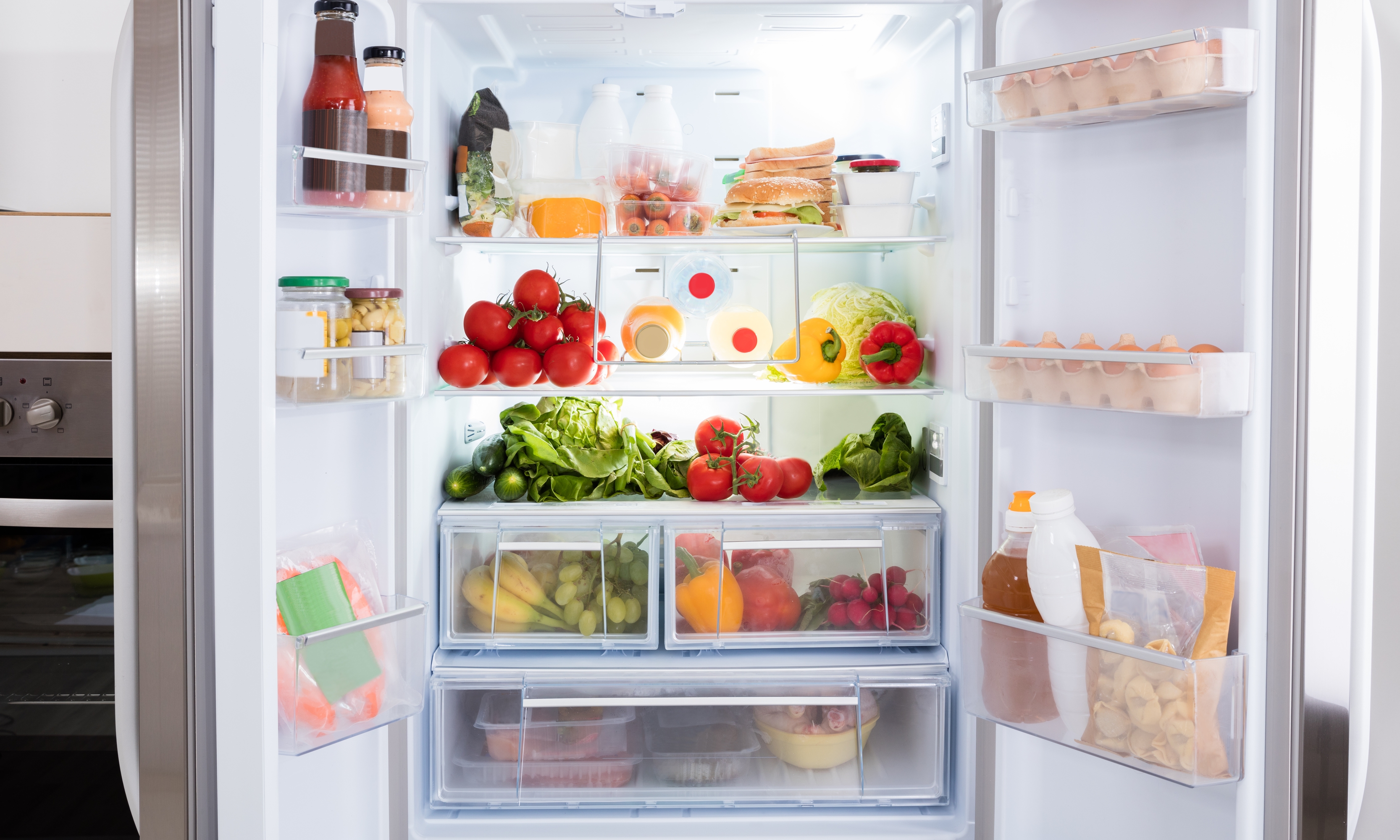
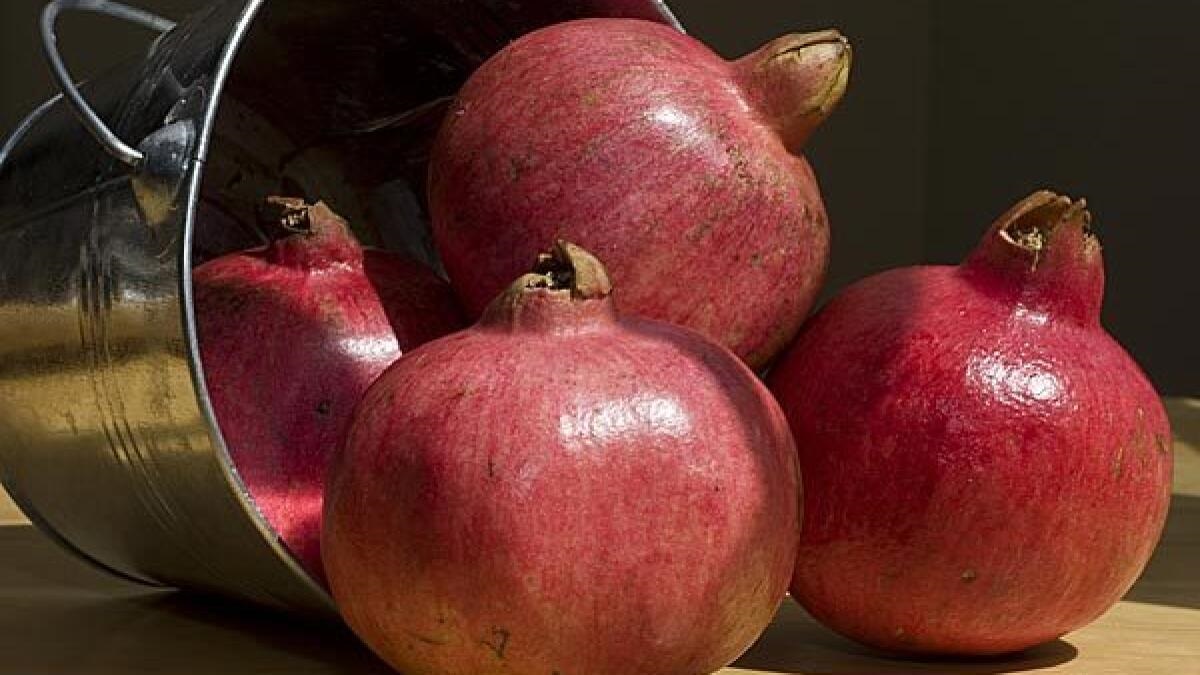
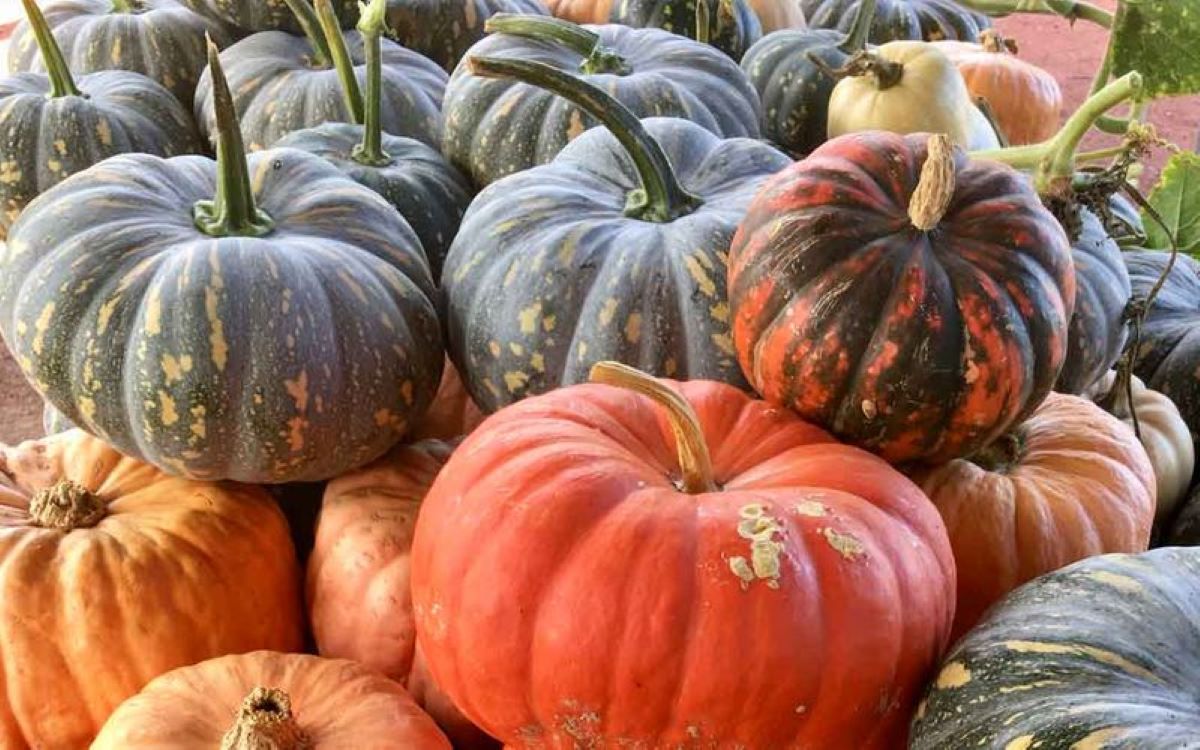
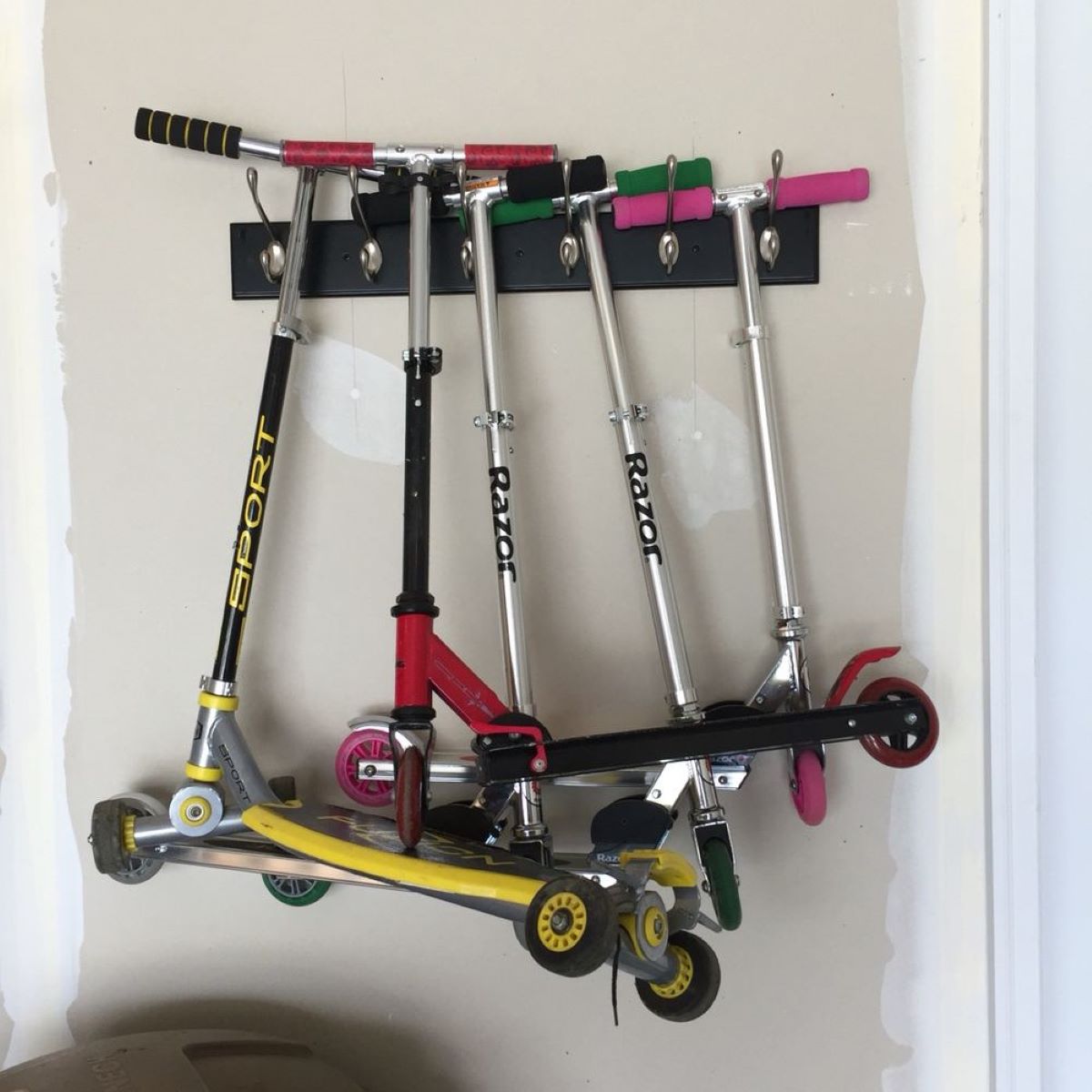

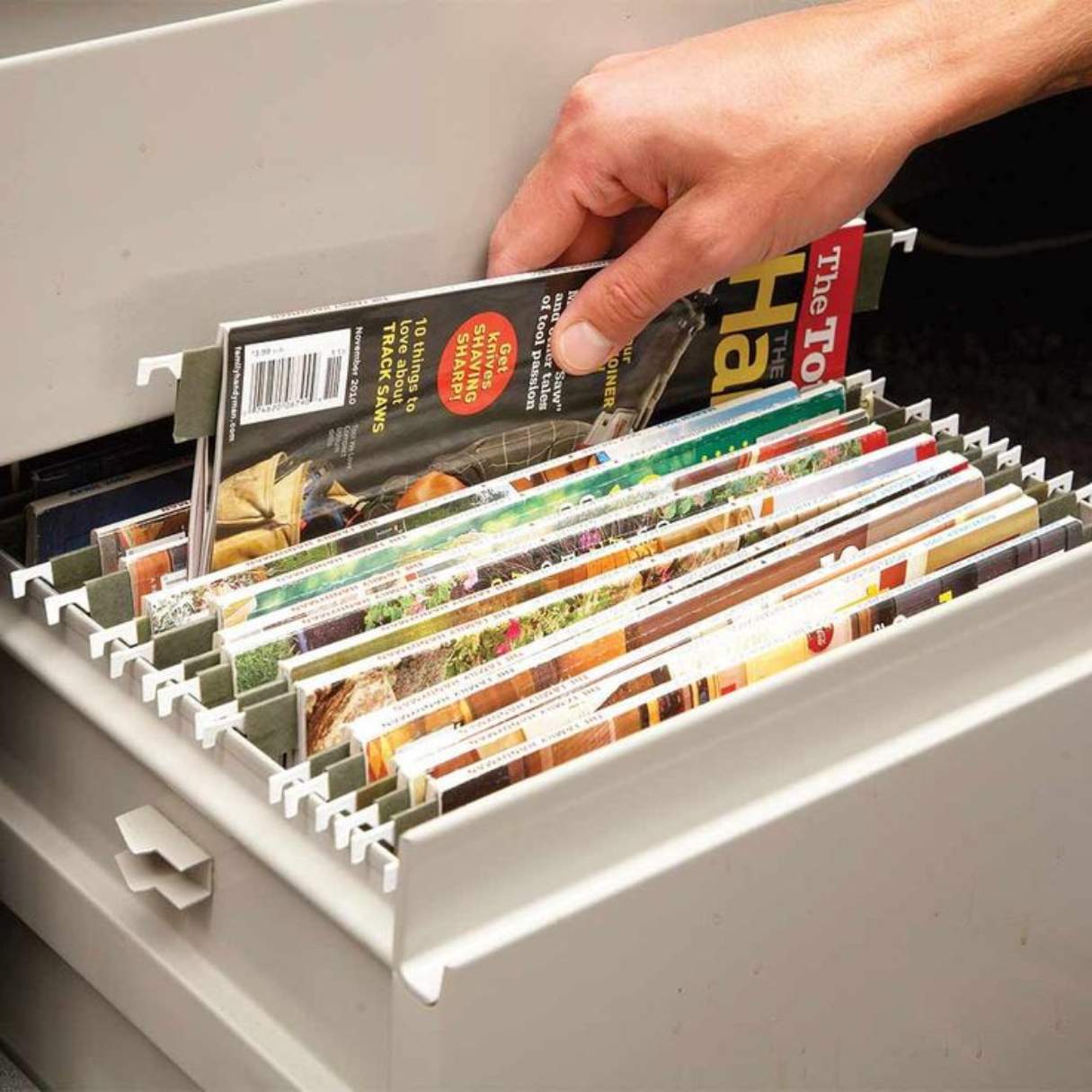

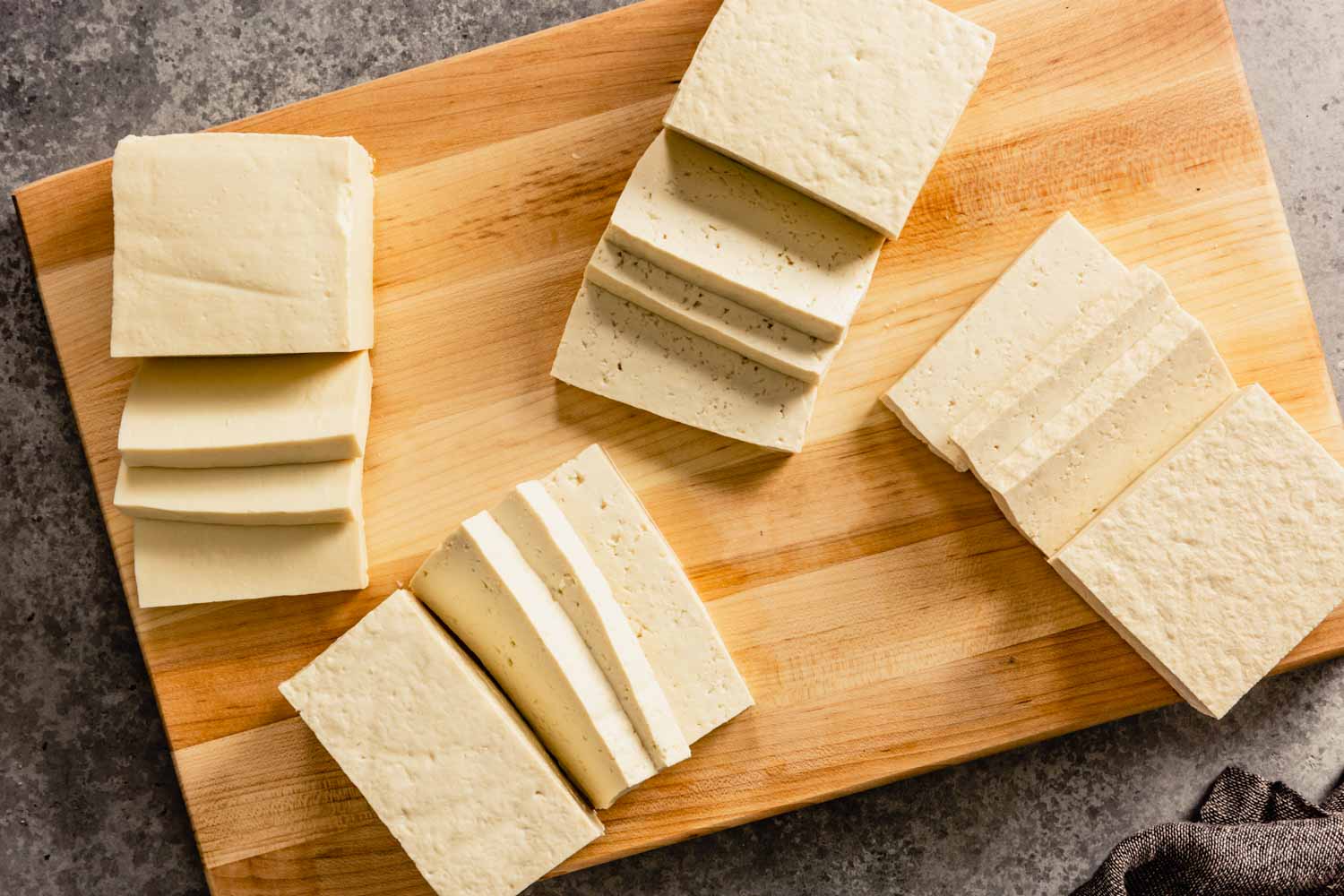




0 thoughts on “How To Store Mealworms”